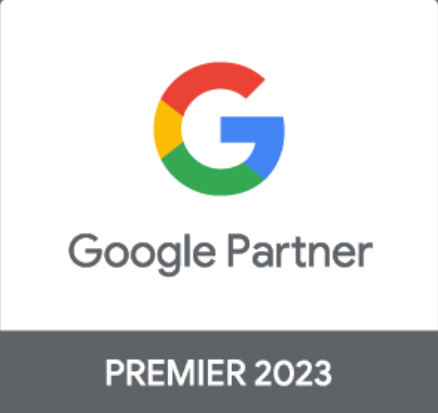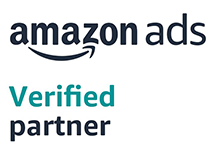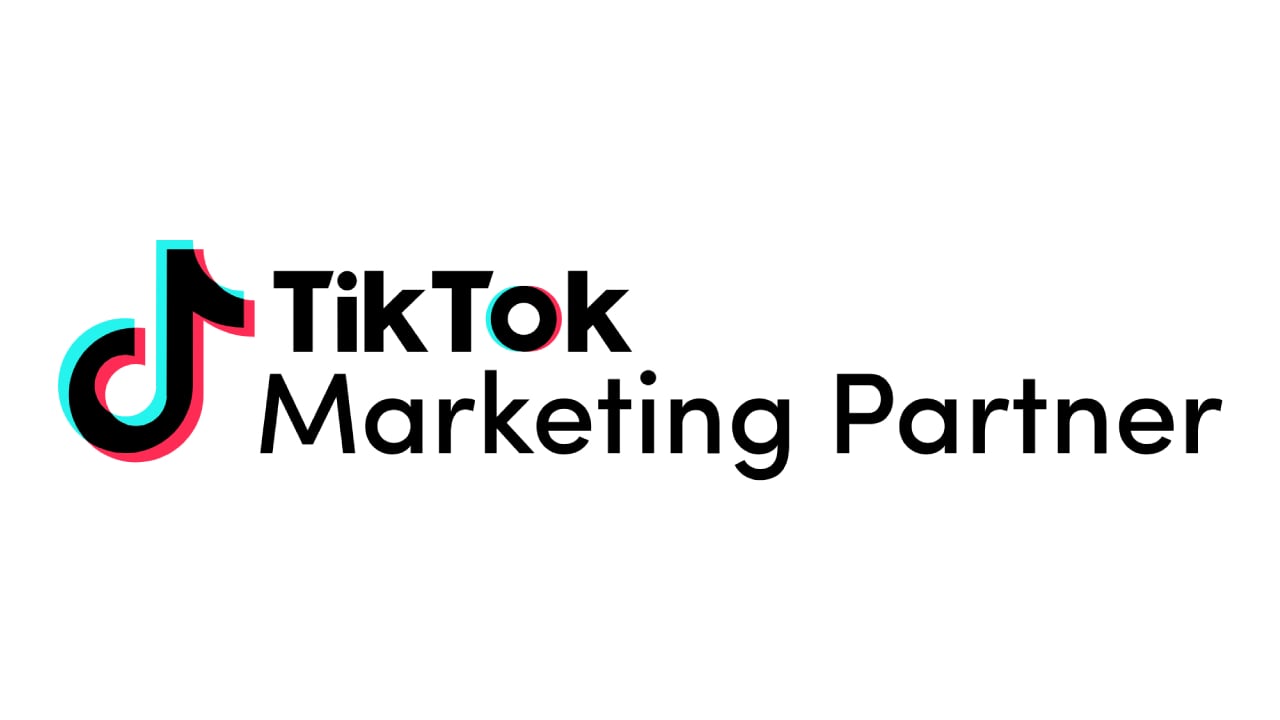It's hard to envision day-to-day existence without an eCommerce business. We order food, clothes, cosmetics, furniture; we enroll for classes and other internet-based activities like online educational courses; we download e-books, music, and films; thus considerably more. The eCommerce sector has flourished and is setting down deep roots.
Now let us assume that you have just set up a wonderful eCommerce store. You've chosen trendy products, got an incredible and aesthetic website made, and are highly confident to receive a great number of deals and conversions.
Yet, up to this point, you are not satisfied with the response of your audience. This makes you wonder - Am I missing something?
A fair understanding of how a sales funnel works and how it can boost your online business is what you need.
But before we come to that, What exactly is a Sales funnel?
Considering you are a customer, a sales funnel is your journey from the moment you came across the product for the first time to the point where you finally purchased it.
From a marketer’s point of view, a traditional sales funnel consists of awareness, consideration, conversion, and loyalty. Even though these aspects are of high value, better strategies are needed for online stores.
Here are a few things to consider-
AWARENESS OR RELEVANCE? While awareness is important because if there isn’t anyone at the top of the funnel or there are no targets - who would you convert? This is going to result in no sales.
Simply, people coming to your online store without real intention to buy anything increases traffic but does no good to anyone. So how do you get more relevant people on your website? There are two strategies :
- Show sponsored products via Google Smart Shopping campaign. The following can be done by rewording the products to include important attributes like color, gender, etc.
- Enable products on Google merchant center which will directly link people to your website through free clicks.
- You can find more strategies for increasing relevance here
Now that you have attracted a relevant audience to your website, how do you plan to make them stay? This is where the role of engagement comes in.
Make your relevant traffic engage through these 5 simple strategies :
- Engage people looking for your brand or products through brand search and smart shopping campaigns like Best Solar Lighting did.
.png?width=568&name=3%20(1).png)
- Engage homepage visitors using Smart Display campaigns.
- Engage category page visitors using videos of top products on YouTube.
- Engage people who have viewed products but not purchased can be engaged through retargeting campaigns as explained in this guide.
- Engage cart abandoners with offers through push notifications and email marketing.
TARGET HIGH-VALUE CONVERSIONS
After getting relevant traffic and engaging with your audience you might notice that a couple of them still manage to drop out.
A customer-friendly website with high speed and lesser distractions makes sure that such instances do not take place. What we mean when we say customer-friendly is to use and reduce features and pages that might or might not suit your audience for example using optimized product descriptions
No guest checkout page, additional COD and Shipping charges, too many extra links on the checkout page and too many CTA buttons like Check availability at the store can lead to an increased number of dropouts.
You can find the best practices for your eCommerce website here
LOYALTY BUT REPEATEDLY
Providing a good customer experience to the buyer isn’t enough but becoming profitable by cross-selling those customers and selling higher-value products on a repeated basis. You can boost your eCommerce sales by just targeting your existing customers and keeping them up to date with your new arrivals. This can be done by engaging the customers by making them a part of your campaign like Bunaai did here.
In a Nutshell
In order to boost your eCommerce sale, you need to ensure you have the right efficiency, the right mix of channels, a Diversified budget, Optimum Budget spilt between prospect and retargeting, brand recognition value, and influencer programs.
Good luck on your journey to ace your eCommerce business with increased conversions!





-1.png)






